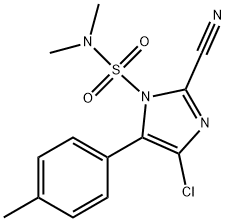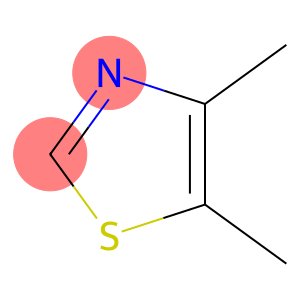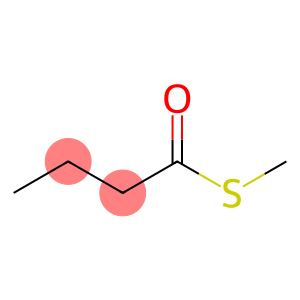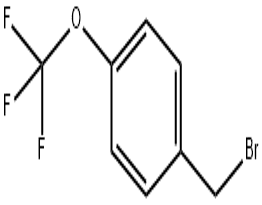2-Chloro-4-methyl-3-nitropyridine(CAS# 23056-39-5)
| Risk Codes | R36/37/38 – Irritating to eyes, respiratory system and skin. R21/22 – Harmful in contact with skin and if swallowed. |
| Safety Description | S26 – In case of contact with eyes, rinse immediately with plenty of water and seek medical advice. S37/39 – Wear suitable gloves and eye/face protection S36/37/39 – Wear suitable protective clothing, gloves and eye/face protection. S36 – Wear suitable protective clothing. |
| UN IDs | UN2811 |
| WGK Germany | 3 |
| HS Code | 29333999 |
| Hazard Class | 6.1 |
| Packing Group | III |
Introduction
2-Chloro-4-methyl-3-nitropyridine is an organic compound. The following is an introduction to its nature, use, preparation method and safety information:
Properties: 2-Chloro-4-methyl-3-nitropyridine is a colorless to light yellow solid with an aromatic odor. It is insoluble in water and soluble in organic solvents such as ethanol and dimethylformamide. It is highly toxic.
Uses: 2-chloro-4-methyl-3-nitropyridine is mainly used as an important intermediate and synthetic raw material in organic synthesis. It can also be used in the preparation of metal complexes and catalysts.
Preparation method: The preparation of 2-chloro-4-methyl-3-nitropyridine usually starts with 2-chloro-4-methylpyridine. First, 2-chloro-4-methylpyridine was reacted with concentrated nitric acid, and then the product was crystallized and purified to obtain 2-chloro-4-methyl-3-nitropyridine.
Safety Information: 2-Chloro-4-methyl-3-nitropyridine is a toxic substance that may cause health harm if exposed to or inhaled into its vapors, powders, or solutions. It is irritating and sensitizing and should be avoided from contact with the skin, eyes, and respiratory tract. Appropriate safety measures should be taken when handling or storing, such as wearing appropriate protective equipment (e.g., gloves, glasses, and masks). When in use, ensure a well-ventilated environment and avoid contact with flammable substances. Any waste related to 2-chloro-4-methyl-3-nitropyridine should be disposed of in accordance with local regulations. When using or handling this compound, the relevant safety operating procedures and guidelines should be strictly followed.








